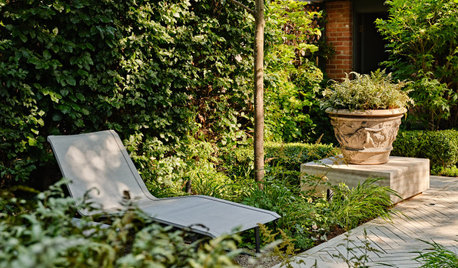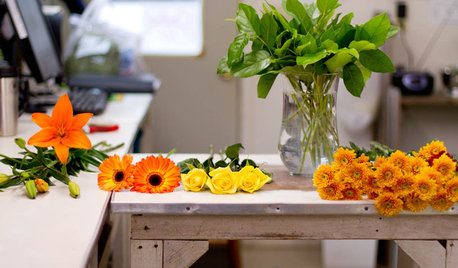Need Rhododendron Advice
mrfritz44
18 years ago
Related Stories

REMODELING GUIDESThe Case for Waiting to Remodel
We know, you're excited to make your home match your vision. But your vision may change once you've lived there awhile
Full Story
LANDSCAPE DESIGNHow to Create a Beautiful Shade Garden
Turn the cool, shady spot in your garden into your own quiet oasis
Full Story
LANDSCAPE DESIGNFind Yourself in an Epic Garden in the Shade
Feeling hot and tired gardening in the sun? The world of shade gardening beckons you to its cool mystery
Full Story
GARDENING GUIDESBackyard Birds: Invite Entertaining Hummingbirds Into Your Garden
Hummingbirds — unique to the Americas — zip through open landscapes seasonally or year-round. Here’s how to attract them
Full Story
GARDENING GUIDESAttract Hummingbirds and Bees With These Beautiful Summer Flowers
Roll out a welcome mat for pollinators to keep your landscape in balance and thriving
Full Story
TREES11 Japanese Maples for Breathtaking Color and Form
With such a wide range to choose from, there’s a beautiful Japanese maple to suit almost any setting
Full Story
FALL GARDENINGWhy Fall Is the Best Time for Planting
Spring is overrated for planting. Starting plants in autumn has advantages for both garden and gardener
Full Story
NATIVE PLANTS5 Ways to Keep Your Native Plant Garden Looking Good All Year
It’s all about planning ahead, using sustainable practices and accepting plants as living organisms
Full Story
DIY PROJECTSArrange a Gift Floral Bouquet Like a Pro
For a fall gift bouquet that looks expensive but is (almost) dirt cheap, just follow this step-by-step guide
Full Story
LANDSCAPE DESIGNDitch the Ordinary Ditch: Create a Realistic Dry Creek Bed
Here’s how to turn your water runoff system into an eye-catching accent for your landscape
Full StorySponsored






mainegrower
karinl
Related Professionals
Ballwin Landscape Architects & Landscape Designers · Manhattan Beach Landscape Architects & Landscape Designers · Saint Charles Landscape Architects & Landscape Designers · Signal Hill Landscape Architects & Landscape Designers · Peabody Landscape Contractors · Arlington Landscape Contractors · Avocado Heights Landscape Contractors · Canton Landscape Contractors · Lynchburg Landscape Contractors · Panama City Beach Landscape Contractors · Plainview Landscape Contractors · Seymour Landscape Contractors · Whitehall Landscape Contractors · Maplewood Landscape Contractors · Golden Valley Landscape Contractorsnedrock
rhodyman
morz8 - Washington Coast